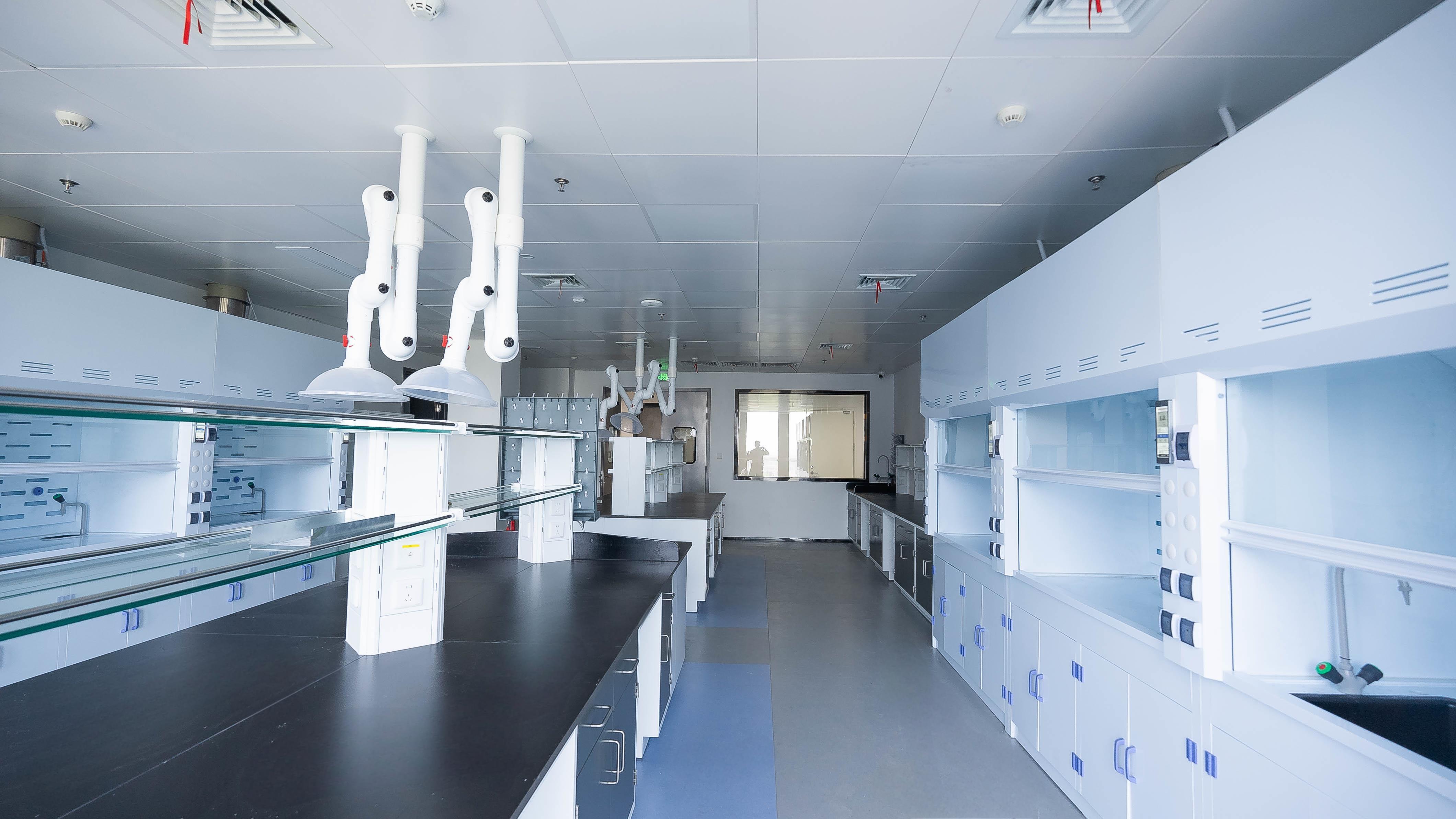Key points and considerations for the construction of a physics and chemistry laboratory
Release time:
2025-05-28 14:56
In numerous fields such as scientific research and product testing, the physicochemical laboratory serves as a core facility, undertaking crucial tasks such as material component analysis and physical property testing. The quality of physicochemical laboratory construction not only impacts experimental efficiency but also relates to data accuracy and the safety of laboratory personnel. From initial planning and design to material selection and construction, each stage requires careful attention to create a physicochemical laboratory that meets standards and usage needs.

Physicochemical laboratory design is the blueprint for the entire construction project; it determines the laboratory's functional layout, workflow, and future scalability. In the early design stages, thorough communication with the user is necessary to understand the experimental types, equipment configuration, and personnel scale. For instance, experiments involving flammable and explosive chemicals should have their areas independently designated and equipped with appropriate explosion-proof facilities. Experiments requiring precision instruments should consider the instrument's specific requirements for environmental temperature and humidity, electromagnetic interference, etc., and rationally plan the instrument placement area. A scientific workflow design is indispensable to ensure that the flow paths of personnel, samples, and reagents do not interfere with each other, thereby improving work efficiency. The design phase should also consider the laboratory's sustainable development, reserving space and interfaces for future equipment upgrades and functional expansion.
Physicochemical laboratory decoration differs from ordinary interior decoration; it demands higher standards for material properties and construction processes. In material selection, wall materials must be corrosion-resistant and washable to withstand chemical reagent erosion and daily cleaning. Floor materials should be chosen based on the function of different experimental areas. For example, the experimental operation area can use anti-slip, acid- and alkali-resistant epoxy resin flooring, while the instrument room can use anti-static flooring. During the decoration process, attention to detail is crucial. For example, the junctions of the ceiling and walls, and walls and floors, should be rounded to prevent dust and bacterial growth. Doors and windows should have good sealing performance to prevent external pollutants from entering the laboratory while ensuring the effectiveness of the ventilation system. Furthermore, the decoration style should be simple and generous, with soft color combinations to reduce visual fatigue and create a comfortable experimental environment.
Physicochemical laboratory construction is a crucial step in transforming the design plan into a physical space; construction quality directly impacts the laboratory's usability and lifespan. The professionalism of the construction team is paramount; construction personnel must be familiar with laboratory construction regulations and standards. During construction, water and electricity installation is fundamental. The layout of water and electrical lines must comply with electrical safety regulations and water supply and drainage requirements. High-voltage and low-voltage lines should be laid separately to avoid interference. Water pipes should be acid- and alkali-resistant, with secure connections to prevent leakage. Ventilation system construction is also a key aspect. Ventilation ducts should use corrosion-resistant materials, and the installation should ensure airtightness. The power and air volume of the fan must meet the laboratory's exhaust requirements to ensure that harmful gases are promptly removed. During construction, finished product protection should be implemented to prevent damage to completed decorations and equipment.

In physicochemical laboratory construction, the various stages are closely interconnected. Physicochemical laboratory design guides decoration and construction; physicochemical laboratory decoration is a concrete representation of the design concept; and physicochemical laboratory construction is the final implementation of the entire project. Therefore, an effective communication and coordination mechanism is needed during construction. The design, decoration, construction, and user parties should maintain close communication and promptly resolve any issues to ensure the smooth progress of the construction work.
In summary, physicochemical laboratory construction is a highly professional and technically demanding systematic project. From meticulous planning in physicochemical laboratory design to strict material selection and precise construction in physicochemical laboratory decoration, and to standardized operations in physicochemical laboratory construction, every stage is crucial. Nanjing Expansion Technology provides full-lifecycle services for laboratories, from construction consulting, planning, and design to project implementation and maintenance management. Our experienced construction team ensures efficient and accurate project implementation through standardized construction, and our independent after-sales service company provides long-term maintenance support. We can undertake the construction of various types of laboratories, providing one-stop control over every stage from blueprints to acceptance, fully realizing a "turnkey project" to create a safe, compliant, efficient, and reliable experimental environment for our clients. We will help you control the key points in laboratory construction, paying attention to every detail in the construction process to build a safe, efficient, and comfortable physicochemical laboratory that meets the needs of scientific research and testing work, providing strong support for scientific research and product quality assurance.
Related News



